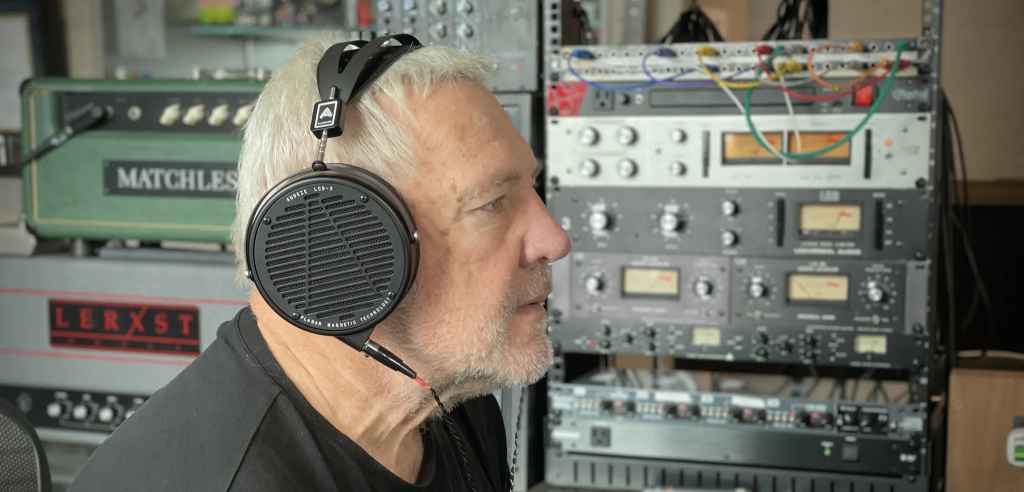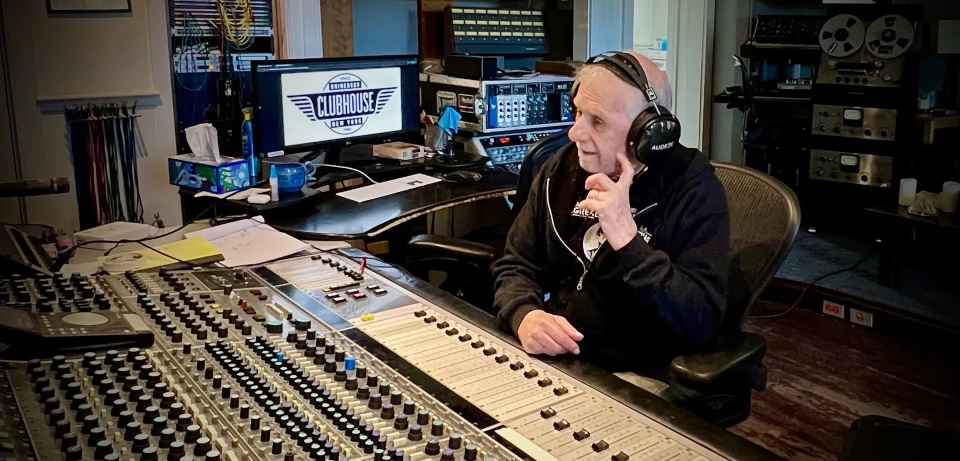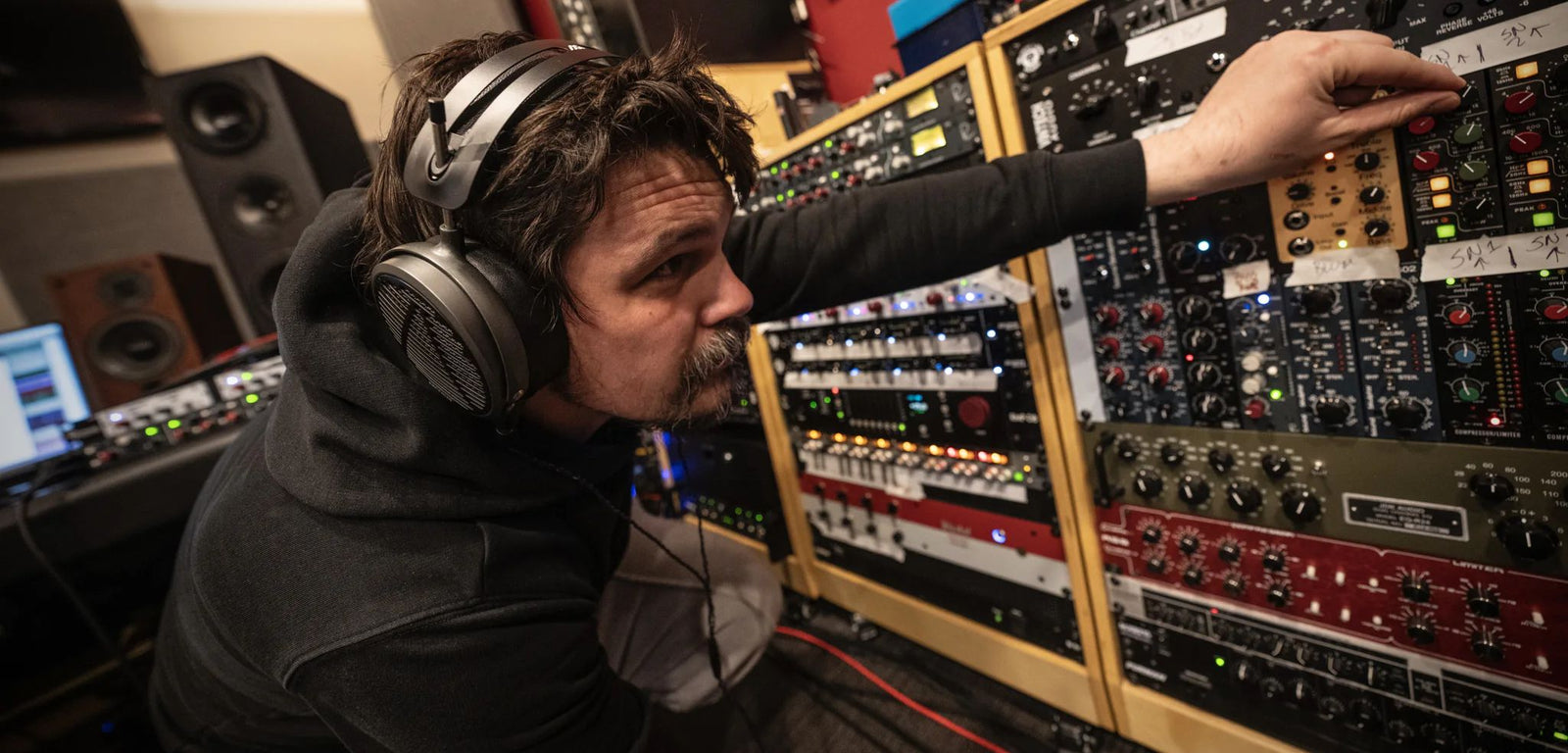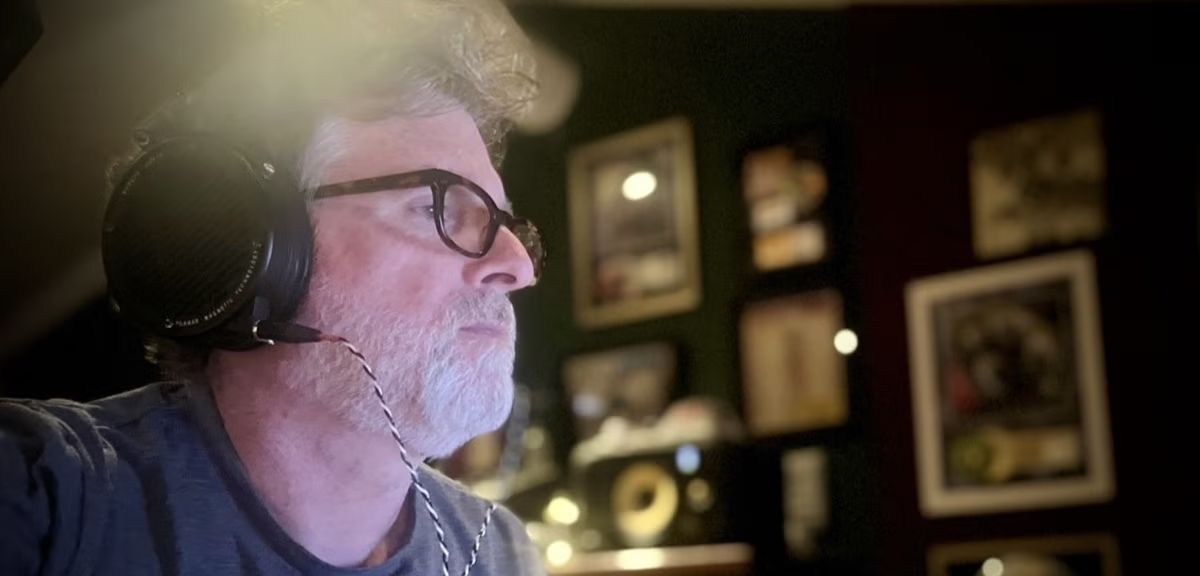
Alex Lifeson is a Canadian musician, best known as the guitarist of the Canadian rock band Rush.

Elliot Scheiner is an engineer and producer. He started working for Phil Ramone at his A&R studios which at that time was considered one of the best studios in the country.

James 'Jimmy T' Meslin is a Grammy winning recording, mix, and live sound engineer based out of Long Island, NY. He's probably best known for his work with prog-metal giants Dream Theater and their affiliated projects.

Dave Way has been mixing longer than he hasn’t. Platinum albums, No. 1 singles, 4 Grammys, 19 Billion streams with names like Michael Jackson, Fiona Apple, P!nk, Xtina Aguilera, Ringo Starr, Iron And Wine, Sheryl Crow, Marshmello, Fall Out Boy, Kesha, Macy Gray, TLC, Victoria Monet, Sons Of Anarchy, Tracy Chapman, Ben Folds, John Doe, MC5, Spice Girls, Weird Al, Paul McCartney, Bobby Brown, Mick Jagger and many, many more.
April 25, 2023
On March 23rd, we noticed RTings.com purchased a Maxwell, presumably for testing and review. We proactively reached out to them and sent them information on how best configure the headphone for testing and explained features to help them measure the units more easily and accurately. We do this with other reviewers as well, since Maxwell has a lot of new technology (e.g. BT 5.3, LC3, LC3+) and many audio reviewers like RTings do not have appropriate equipment or tools to measure them accurately.
On April 18th, we noticed RTings.com had posted early access to measurements of Maxwell. When we looked at the measurements, we noticed two things that stood out immediately. The latency measurements and phase mismatch measurements were very different from our internal measurements. So, we went back and remeasured several units. We immediately shared our measurements and graphs with RTings (April 19th) and we asked them for their methodology/measurements to ensure they are measuring correctly. RTings responded for our request detailing their measurements and we appreciate their prompt response.
RTings uses a loopback measurement in Reaper by playing a click track via the dongle to Maxwell and then recording the click using a microphone through USB card. Then manually checking the delay between the played click signal and recorded click signal. However, this approach does not account for any latency caused by Windows audio driver nor does it account for the delay in the path from the microphone to reaper, the results can be very inaccurate.
We use Audio Precision’s DUT delay measurement that can accurately compute the latency. According to AP’s documentation:
DUT Delay measures the length of time an audio signal is delayed through a device under test (DUT) or system under test, it determines loop delay (the delay between the generator output and the analyzer input) using either a pseudo random sequence (PRS) stimulus signal, as recommended in ITU-T P, or a maximum length sequence (MLS) signal. These are deterministic noise-like stimulus signals that can be cross-correlated to a fine granularity, providing a precise delay result.
For measuring the wireless latency of the dongle, the loop back measurement is setup as follows:
The screenshot below shows the ASIO4ALL setup.

The measured latency of the Maxwell Wireless connection via dongle was 24.85ms.
The results are shown below, and the settings used are also shown for anyone who wishes to repeat our tests. Please note that the true latency is even lower than 24.85ms as the above measurement is a loopback test that includes the latency of miniDSP E.A.R.S.

We also measured the wired latency of Maxwell via USB
For measuring the latency of direct USB connection, the loop back measurement is setup as follows:
The measured latency of the Maxwell USB connection via dongle was 14.31ms. The results are shown below, and the settings used are also shown.

In conclusion, based on the 14.31ms latency of /loopback test using USB, and comparing it to the 24.85ms latency of the wireless dongle, we expect the true latency of the dongle to be near 18ms accounting for the latency of the miniDSP E.A.R.S. microphone.
Even the RTings iOS Bluetooth latency measurements show lower latency than their test of USB dongle latency. This makes no sense to us. Our guess is the system latency in RTings measurement setup is not taken into account correctly.
Our phase measurements on multiple Maxwell headsets do not show anything like the results from RTings. Here are measurements from Maxwell (Measured using APx500 with B&K HATS, the The measurements were done in BT mode, with default EQ and also repeated with USB). While some variability is expected, it is much lower than what RTings measurements indicate. The relative phase mismatch never exceeds 10 degrees bass through upper midrange and is well below RTing’s tolerance curve. Below is a sample measurement.

Could this be a sample variation? We do not think so. The measurements from RTings are markedly different and we expect it to be a measurement artifact. Their measurements show good group delay match and a good match for L/R channels, so a driver mismatch cannot cause a phase mismatch. AP uses a continuous sweep (chirp) to measure the absolute phase of L and R channel and then computes the difference to determine the relative phase (i.e., phase mismatch). This approach is less susceptible to any issues due to latency or noise as L and R channels are not simultaneously measured. When we asked RTings about their methodology, we were told that ‘they perform several passes to obtain similar impulse response from L/R drivers’. We are not entirely sure why that is necessary unless the phase is computed over the difference in the impulse responses, which would make it very difficult to obtain a good estimate of the phase mismatch. The reason being that even slight difference in the latency of L and R measurements can cause large differences in phase. We have requested clarification and have not received a response yet.
We believe these are measurement artifacts are caused by RTings equipment/methodologies and not an issue with the headphones themselves.